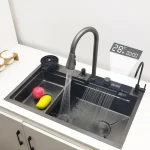A drop-in sink, also known as a top-mount or self-rimming sink, is a common fixture in kitchens worldwide. Its design allows it to “drop in” or sit on top of the countertop, with the rim overlapping the edges. This article provides a comprehensive exploration of drop-in sinks, covering their design, installation, benefits, drawbacks, materials, maintenance, and popular styles.
Design and Construction of Drop-In Sinks
Drop-in sinks are characterized by their visible rim that rests on the countertop surface. Typically made from stainless steel, porcelain, cast iron, or composite materials, these sinks come in various shapes and sizes to fit different kitchen layouts and preferences. The rim’s presence distinguishes them from undermount sinks, which are mounted underneath the countertop for a seamless look.
Installation Process and Considerations
Installing a drop-in sink is relatively straightforward compared to undermount sinks, making them a popular choice for DIY enthusiasts and professional installers alike. The sink is placed into a pre-cut hole in the countertop, and the rim sits on top, supported by the countertop’s edges. Proper sealing around the rim with caulk or adhesive ensures a secure fit and prevents water leakage into the cabinet below.
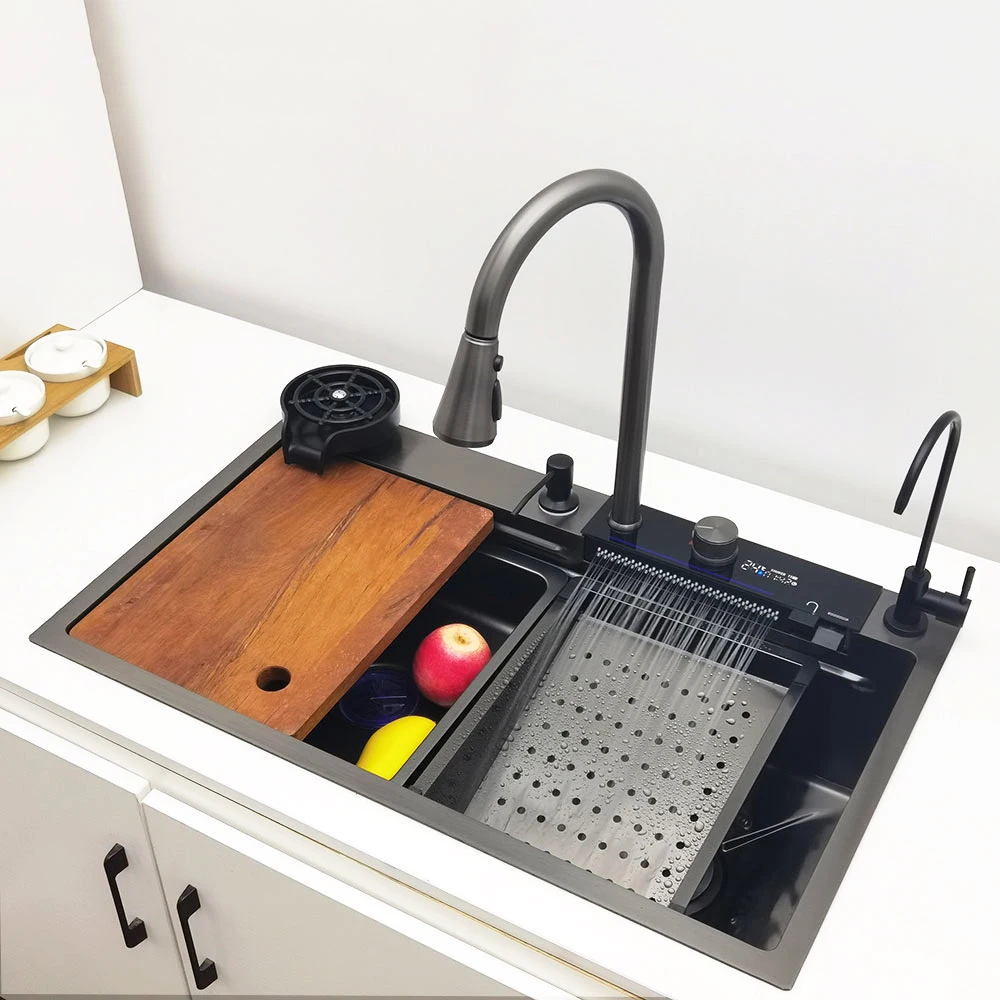
Benefits of Drop-In Sinks
One of the primary advantages of drop-in sinks is their ease of installation and replacement. Unlike undermount sinks that require careful mounting beneath the countertop, drop-in sinks can be swapped out more easily if needed. They also tend to be more affordable and offer a wide range of options in terms of materials, shapes, and configurations, catering to various kitchen aesthetics and functional needs.
Drawbacks and Limitations
While versatile, drop-in sinks do have some drawbacks to consider. The visible rim may trap dirt and grime, requiring more frequent cleaning to maintain hygiene. The rim can also make it slightly more challenging to wipe water and debris directly into the sink, as it creates a barrier between the countertop and the sink basin.
Materials Used in Drop-In Sinks
Drop-in sinks are available in different materials, each offering unique benefits in terms of durability, aesthetics, and maintenance requirements. Stainless steel sinks are popular for their resistance to stains and heat, while porcelain sinks are valued for their timeless appeal and easy cleaning. Cast iron and composite sinks combine durability with a variety of color options to match diverse kitchen designs.
Maintenance Tips for Drop-In Sinks
Maintaining a drop-in sink ensures its longevity and functionality. Regular cleaning with non-abrasive cleaners helps prevent stains and maintains the sink’s appearance. Periodically inspecting and resealing the rim with caulk or adhesive prevents water damage to the countertop and cabinet below. Avoiding abrasive scrubbers and harsh chemicals preserves the sink’s finish and prevents scratches.
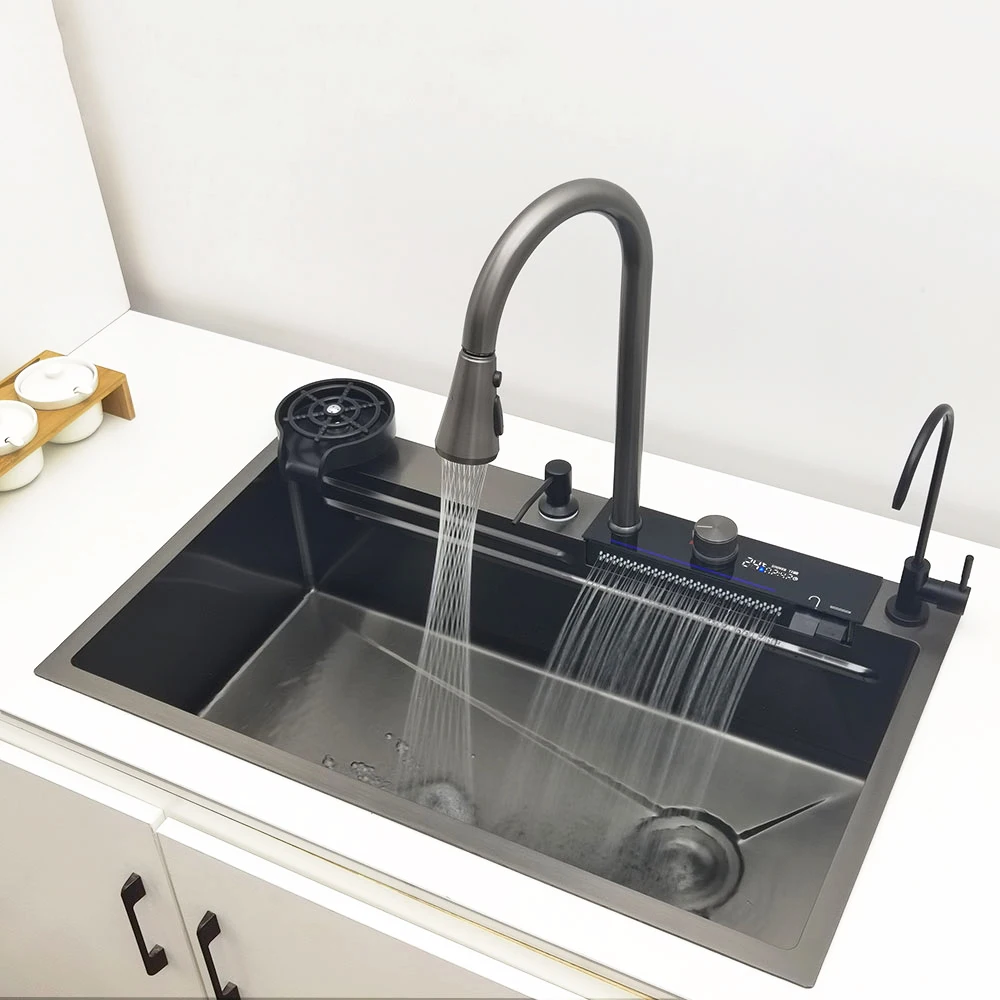
Popular Styles and Trends
Drop-in sinks come in various styles to complement different kitchen aesthetics. Single-basin sinks are versatile and suit smaller kitchens or utility areas, while double-basin sinks offer separation for washing and rinsing dishes. Farmhouse-style drop-in sinks feature a prominent apron front, adding a rustic or modern farmhouse touch to kitchens. Undermount-style drop-in sinks provide a compromise between the look of undermount sinks and the ease of installation of drop-in sinks.
Advantages of Drop-In Sinks Over Other Types
Drop-in sinks offer several advantages that make them a popular choice among homeowners:
- Easy Installation: Unlike undermount sinks that require securing to the underside of the countertop, drop-in sinks can be installed from above with basic tools and skills, making them accessible for DIY enthusiasts.
- Versatility in Design: Available in various sizes, shapes, and materials, drop-in sinks can complement any kitchen decor style, from traditional to contemporary. They offer flexibility in matching the overall aesthetic of the kitchen space.
- Affordability: In general, drop-in sinks tend to be more budget-friendly compared to their undermount counterparts. This affordability makes them an attractive option for cost-conscious homeowners without compromising on quality and functionality.
- Ease of Replacement: If a drop-in sink needs to be replaced due to wear and tear or aesthetic reasons, the process is relatively straightforward. The existing sink can be removed, and a new one can be installed in the same cutout without major renovations.
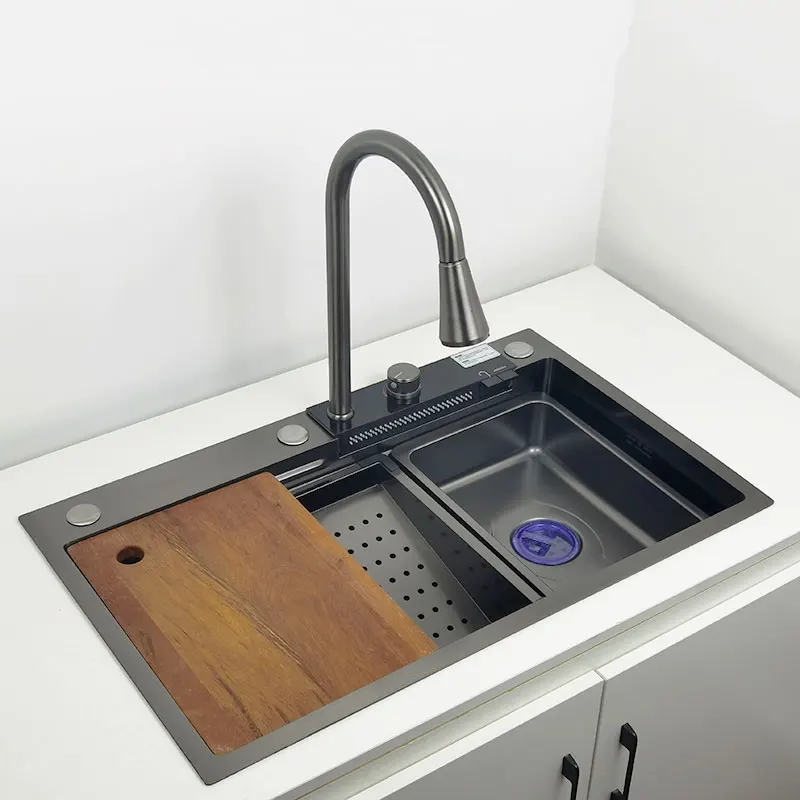
Installation Process of Drop-In Sinks
Installing a drop-in sink involves several key steps to ensure a secure and functional fit:
- Measure and Prepare the Cutout: Begin by measuring the dimensions of the sink and marking the outline on the countertop. Use a jigsaw or appropriate tools to create a precise cutout based on these measurements.
- Apply Sealant: Before placing the sink, apply a bead of silicone sealant along the edge of the cutout. This sealant will create a watertight barrier between the sink’s rim and the countertop, preventing water seepage and ensuring a secure fit.
- Position the Sink: Carefully lower the sink into the cutout, ensuring that the rim rests evenly on the countertop surface. Adjust the position as needed to align with plumbing fixtures and ensure a level installation.
- Secure and Finish: Once the sink is in place, secure it by tightening the clips or brackets provided by the manufacturer. Wipe away any excess sealant and test the sink for stability by applying gentle pressure around the rim.
Maintenance Tips for Drop-In Sinks
Proper maintenance ensures the longevity and performance of drop-in sinks:
- Regular Cleaning: Clean the sink regularly with a mild soap and water solution to prevent buildup of dirt, stains, and bacteria. Avoid abrasive cleaners or pads that could scratch the sink’s surface, especially for materials like stainless steel or porcelain.
- Avoid Harsh Chemicals: Refrain from using harsh chemicals or bleach-based cleaners, as they can damage the sink’s finish and potentially compromise its durability over time.
- Inspect and Repair Seals: Periodically check the sealant around the sink’s rim for any signs of wear or deterioration. Reapply silicone sealant as needed to maintain a tight seal and prevent water damage to the countertop.
- Protect Against Impact: Be mindful of heavy impacts or dropping sharp objects into the sink, as these can cause chips or dents in the material. Use sink mats or protective grids to minimize the risk of damage.
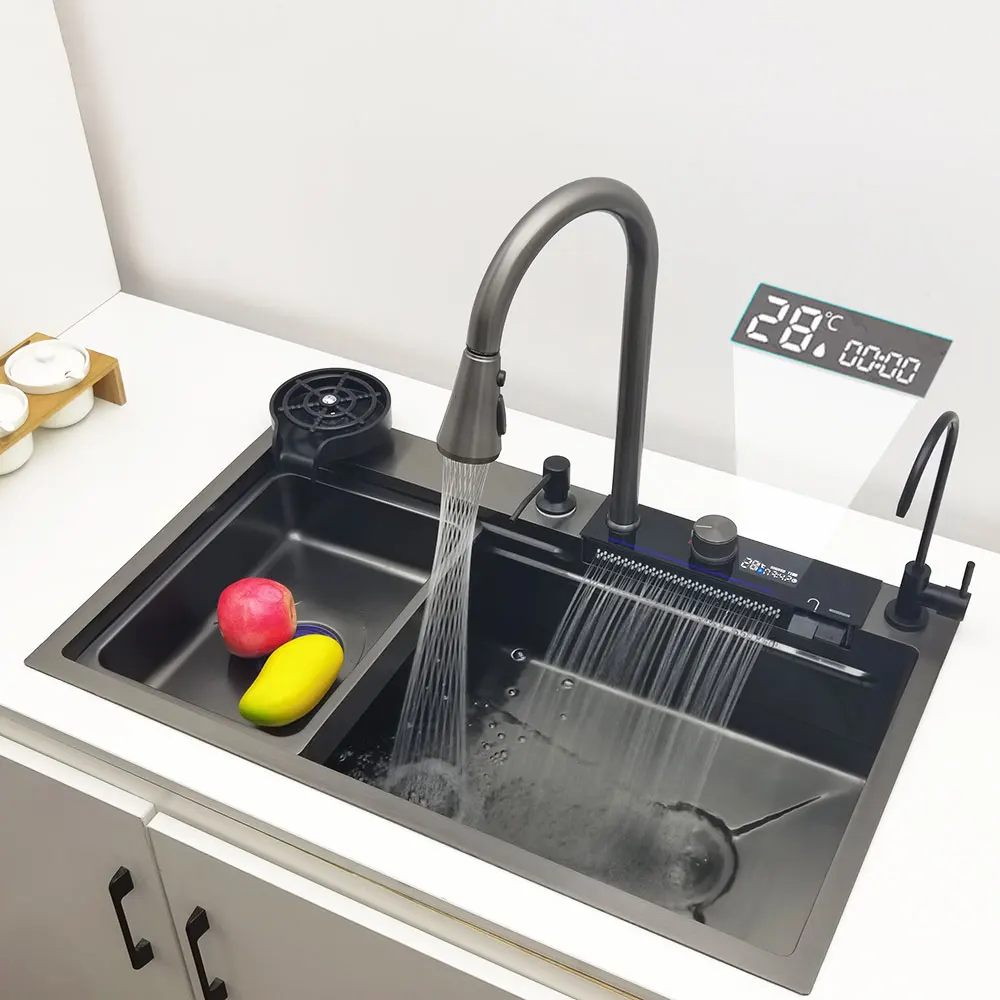
Design Considerations and Styling Options
When selecting a drop-in sink, consider the following design factors:
- Material Selection: Choose a material that aligns with your kitchen’s aesthetic and functional needs. Stainless steel offers durability and a modern look, while porcelain provides a classic appeal. Composite materials like quartz or granite blends durability with a range of color options.
- Size and Configuration: Determine the optimal size and configuration of the sink based on your cooking and cleaning habits. Double-bowl sinks offer versatility for multitasking, while single-bowl sinks maximize usable space.
- Integration with Countertops: Ensure the sink complements your countertop material and color scheme. Coordinate with other kitchen fixtures such as faucets and cabinet hardware for a cohesive design aesthetic.
- Enhanced Features: Explore additional features such as built-in drainboards, cutting board inserts, or sound-dampening technology to enhance functionality and user experience.
Conclusion
In conclusion, drop-in sinks offer a versatile and practical solution for kitchen spaces, combining ease of installation with a wide range of design options. Whether you’re renovating your kitchen or replacing an existing sink, understanding the features, materials, installation process, and maintenance requirements of drop-in sinks can help you make an informed decision. By considering the benefits, drawbacks, and popular styles available, you can choose a drop-in sink that enhances both the functionality and aesthetic appeal of your kitchen for years to come.
